Foi a paixão pela aviação e a admiração pelos mestres que cruzam e cruzaram os nossos céus, que levaram o Helipark a assumir um grande desafio: restaurar o hidroavião Jahú, primeiro avião a cruzar o Atlântico pilotado por um brasileiro, em 1927, e único “sobrevivente” mundial entre as 170 unidades produzidas na Itália durante a década de 20
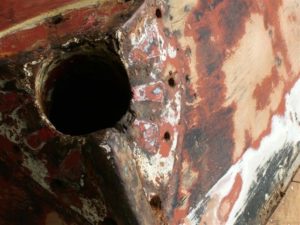
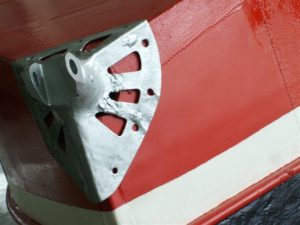
A história desta epopéia do Cmte. João Ribeiro de Barros e os diferentes paradeiros deste patrimônio histórico sempre interessaram à presidência e à diretoria da empresa. Mas, foi em 2003 que os destinos do Jahú e do Helipark se cruzaram de verdade.
O Jahú estava no hangar da Polícia Militar, no Campo de Marte (SP), e após tantos anos de idas e vindas, e alguns poucos reparos mal-sucedidos para reduzir a quantidade de cupins e mantê-lo de pé, o “pássaro de fogo” – como era chamado na época – gritava por socorro. O grito foi ouvido inicialmente pelo Diretor Técnico do Helipark que, sensibilizado pelo estado da aeronave, reuniu presidência e diretoria com uma idéia: vamos retornar o Jahú às condições originais. Foi o suficiente, nem foi preciso insistir.
O que parecia ser bastante complicado, tanto do ponto de vista técnico quanto burocrático, se transformou num sonho, e a partir daí parecia fácil. O Jahú é um patrimônio público, tombado pelo Condephaat (Conselho de Defesa do Patrimônio Histórico, Artístico, Arqueológico e Turístico do Estado de São Paulo) e tem como fiel detentor a FSD (Fundação Santos Dumont). Portanto, a partir daí, foi necessária uma longa jornada em busca de inúmeras autorizações para trazer o Jahú aos hangares do Helipark, o que ocorreu em abril de 2004.
Com o acordo firmado entre todas as partes interessadas (Ministério da Aeronáutica – IV Comar, FSD e Condephaat), em outubro de 2004, pôde-se começar a pensar na parte técnica do restauro. O caminho inicial incluiu uma longa pesquisa, no intuito de encontrar os materiais originais que garantiriam a fidelidade do restauro. Os itens não encontrados no mercado precisaram ser desenvolvidos para o avião, como os pregos de cobre utilizados em toda a sua extensão.
O desafio demandou a compra de equipamentos e montagem de uma oficina especialmente para o restauro. O trabalho começou com o retorno do avião à situação original, retirando de seu casco pedaços de madeira e outros materiais inadequados, que foram instalados em reparos anteriores. Da mesma forma, um longo período de avaliação foi necessário até a descoberta da cor exata do avião, que durante muito tempo foi exposto em um tom mais escuro do que o original.
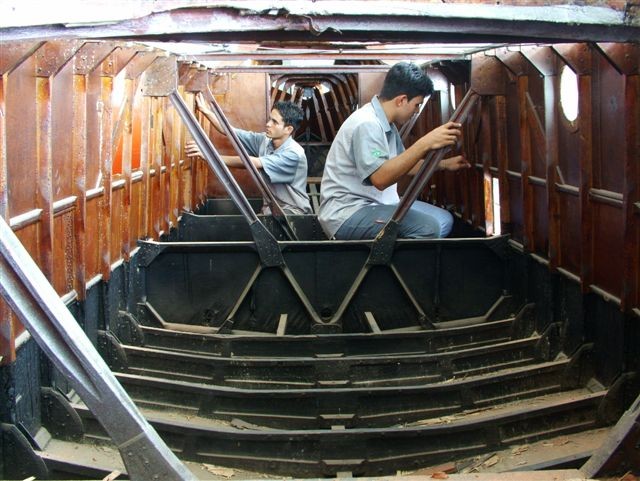 O trabalho envolveu grande parte da equipe de colaboradores do Helipark, além de dois voluntários e o apoio de algumas empresas – veja o quadro abaixo – A Aeronáutica Italiana também demonstrou interesse no restauro do Jahú, e prometeu contribuir com a parte traseira do avião. Em setembro de 2005, a Itália enviou ao Brasil um avião para transporte do estabilizador horizontal, o profundor e os dois montantes do estabilizador traseiro, para avaliação e recuperação pelos técnicos italianos. No entanto, até o término do restauro completo do Jahú pelo Helipark, estas peças ainda não haviam retornado, e a empresa produziu réplicas idênticas para exposição.
O trabalho envolveu grande parte da equipe de colaboradores do Helipark, além de dois voluntários e o apoio de algumas empresas – veja o quadro abaixo – A Aeronáutica Italiana também demonstrou interesse no restauro do Jahú, e prometeu contribuir com a parte traseira do avião. Em setembro de 2005, a Itália enviou ao Brasil um avião para transporte do estabilizador horizontal, o profundor e os dois montantes do estabilizador traseiro, para avaliação e recuperação pelos técnicos italianos. No entanto, até o término do restauro completo do Jahú pelo Helipark, estas peças ainda não haviam retornado, e a empresa produziu réplicas idênticas para exposição.
O trabalho realizado no Jahú foi motivo de homenagens à equipe Helipark. O Presidente da empresa foi outorgado com a Medalha Mérito Santos-Dumont, pelo Ministério da Defesa, e também recebeu a comenda da Legião do Mérito da Academia Brasileira de Engenharia Militar, no grau de “Alta Distinção”. A Câmara Municipal de Jaú outorgou a medalha João Ribeiro de Barros ao Presidente, a Vice Presidente ao Diretor Técnico da empresa. O time que trabalhou diretamente no restauro também recebeu, do Ministério da Defesa, a Medalha Bartolomeu de Gusmão.
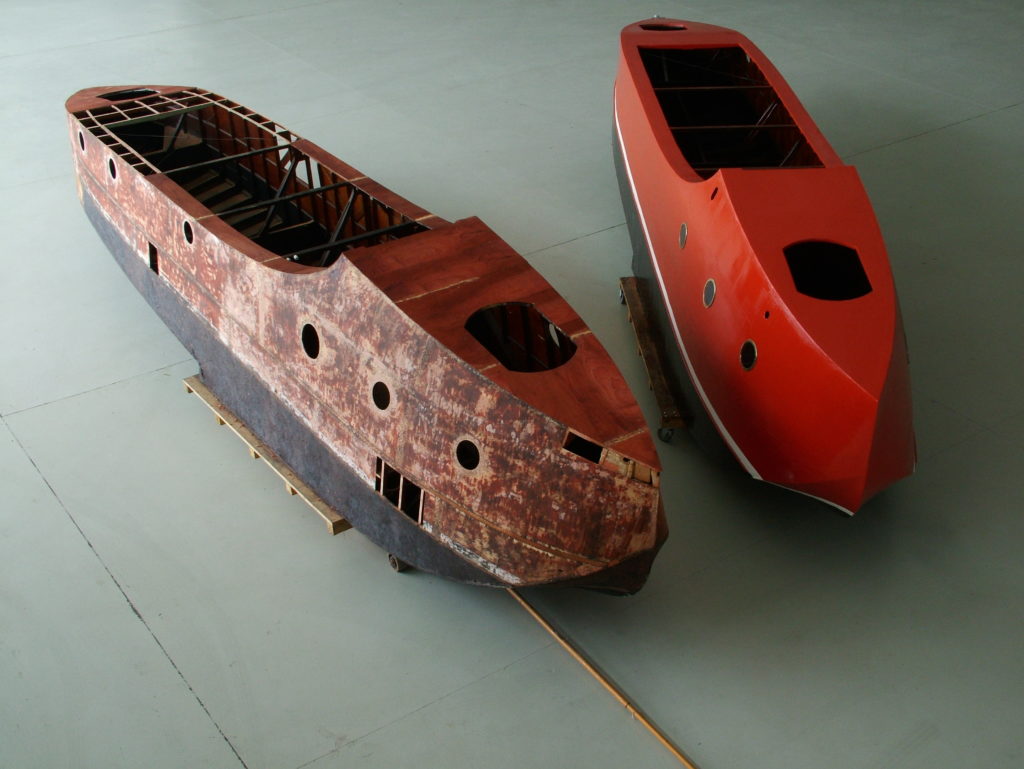
Assim como a viagem de João Ribeiro de Barros, o restauro do Jahú não teve qualquer apoio financeiro do poder público. Após 3 anos e meio e mais de 12 mil horas de trabalho, o Helipark concluiu sua missão, e entregou um novo Jahú à população brasileira. Hoje, ele não pode voar, mas pode continuar contando a sua história… uma história de sonho que se transformou em realidade.
O Helipark agradece publicamente:
– aos restauradores profissionais Celso Calixto e Walfrido de Oliveira que trabalharam de forma voluntária no restauro;
– às empresas 3M do Brasil, 3V Tintas, Bartos, Fink, Instituto Arruda Botelho, Jahú Borrachas e Acessórios, JD Tintas, Otto Baumgart, Tintas Irajá, Viapol e Zeloso, que contribuiram com a doação de materiais e serviços;
– ao PAMA (Parque de Material Aeronáutico de São Paulo) que restaurou os motores;
– e aos amigos e parceiros que nos apoiaram com informações, sugestões ou simplesmente torceram por nós nesta empreitada!
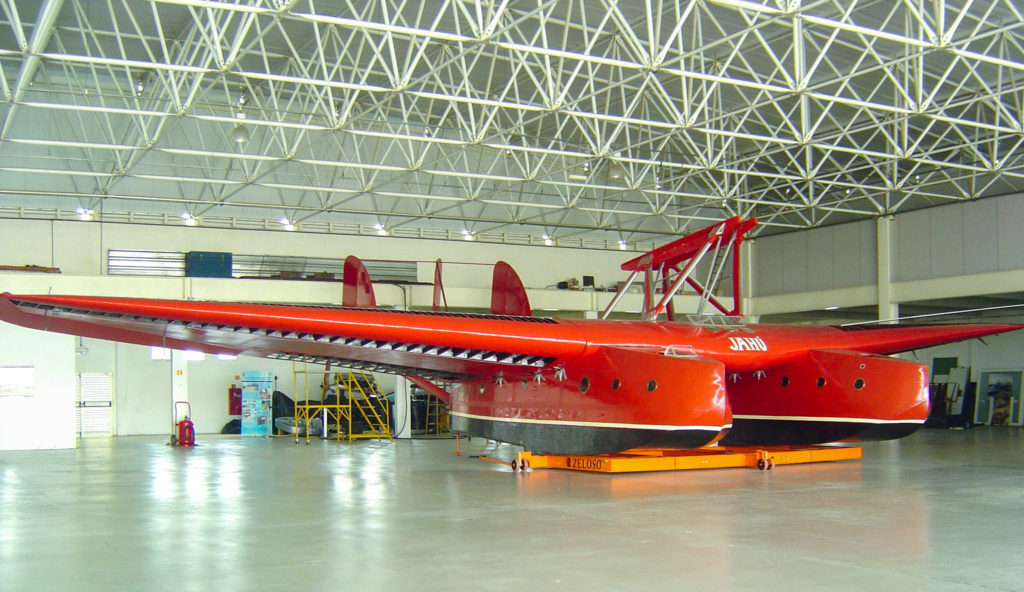
![]()
It was the passion for aviation and admiration for the masters who crossed and crossed our skies, which led Helipark to take on a great challenge: to restore the Jahú hydroplane, the first airplane to cross the Atlantic piloted by a Brazilian pilot in 1927, and the only “survivor” among the 170 units produced in Italy during the 1920s.
The history of this epic of the Captain João Ribeiro de Barros and the different whereabouts of this historical patrimony have always interested the presidency and the company’s board of directors. But it was in 2003 that the destinies of the Jahú and of the Helipark crossed in fact.
Jahu was in the Military Police hangar in the Campo de Marte (SP), and after so many years of comings and goings, and a few unsuccessful repairs to reduce the amount of termites and keep it standing, the so called FIREBIRD at the time seemed to scream for help. The cry was first heard by the Technical Director of Helipark who, sensitized by the state of the aircraft, assembled the presidency and board with an idea: we will return the Jahú to the original conditions. That was enough, not necessary to insist.
What seemed to be quite complicated, both technically and bureaucratically, turned into a dream, and from then on it seemed easy. The Jahú is a public patrimony, registered by the Condephaat (Council of Defense of the Historical, Artistic, Archaeological and Tourist Patrimony of the State of São Paulo) and has as faithful owner the FSD (Fundação Santos Dumont). Therefore, it took a long journey in search of innumerable authorizations to bring Jahú to the Helipark hangars, which occurred in April 2004.
With the agreement reached between all interested parties (Ministry of Aeronautics – IV Comar, FSD and Condephaat), in October 2004, we began to think about the technical part of the restoration. The initial path included a long search, in order to find the original materials that would guarantee the fidelity of the restoration. The items not found in the market needed to be developed for the airplane, like the copper nails used throughout its length.
The work involved a large part of Helipark’s team, plus two volunteers and the support of some companies – see the chart below. The Italian Aeronautics also showed interest in the restoration of Jahú, and promised to contribute with the tail of the plane. In September 2005, Italy sent to Brazil a plane to transport the horizontal stabilizer, the elevator and the two rear stabilizer posts for evaluation and recovery by Italian technicians. However, until the completion of Jahu’s complete restoration by Helipark, these pieces had not yet returned, and the company produced identical replicas for display.
The work carried out on Jahú was the subject of homage to the Helipark team. The President of the company was awarded the Santos-Dumont Medal of Merit, by the Ministry of Defense, and also received the Commendation of the Legion of Merit of the Brazilian Academy of Military Engineering, in the High Distinction degree. The City Council of Jaú City granted the João Ribeiro de Barros medal to the President, the Vice President to the Technical Director of the company. The team that worked directly in the restoration also received, from the Ministry of Defense, the Bartolomeu de Gusmão Medal.
As the trip of Cap. João Ribeiro de Barros, the restoration of the Jahú did not have any financial support from the Government. After three and a half years and more than 12 thousand hours of work, Helipark completed its mission, and delivered a new Jahú to the Brazilian population. Today, it cannot fly, but it can continue telling its story … a dream story that has come true.
Helipark thanks:
– to the professional restorers Celso Calixto and Walfrido de Oliveira who worked voluntarily in the restoration;
– to the companies 3M do Brasil, 3V Tintas, Bartos, Fink, Instituto Arruda Botelho, Jahú Borrachas e Acessórios, JD Tintas, Otto Baumgart, Tintas Irajá, Viapol and Zeloso, that contributed with the donation of materials and services;
– to PAMA (São Paulo Aeronautical Material Park) that restored the engines;
– and to friends and partners who supported us with information, suggestions or simply cheered for us in this endeavor
